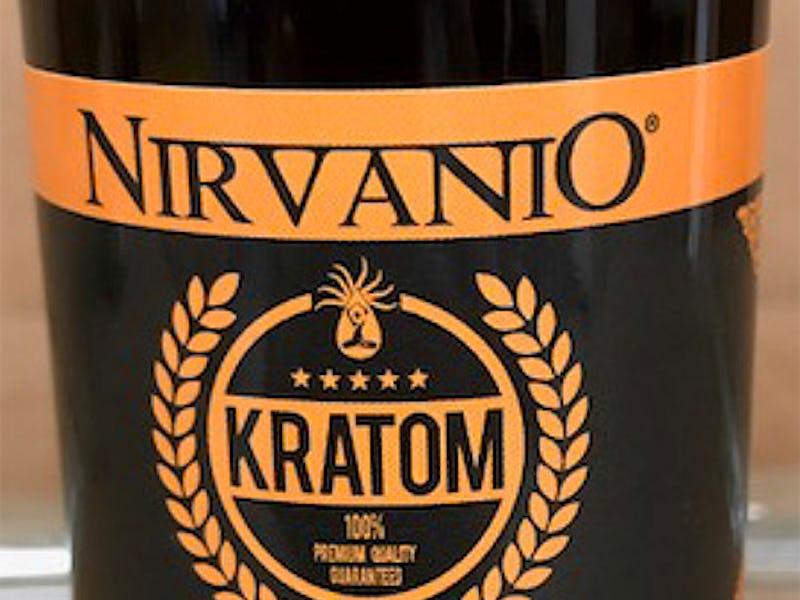Source of Kratom Contaminated With Salmonella Is Unknown, CDC Warns
The investigation is over for now, though.

After more than three months of tracking down kratom (Mitragyna speciosa) contaminated with Salmonella, the US Centers for Disease Control and Prevention is closing its investigation into the matter. The CDC initially announced the investigation on February 20; as of Thursday, the final case count included 199 people sickened across 41 states, with a total of 50 hospitalizations and no deaths. Here’s what we know.
Kratom, an herbal drug that is used for its stimulating effects at lower doses and its opioid-like effects at higher doses, has been a hotly debated public health topic for the past few years, and the Salmonella outbreak associated with it has pushed it back into the news this year. In the CDC’s final report, the agency didn’t have a whole lot of new information, but officials made it clear that there wasn’t any single source of contamination. Therefore, people could still be exposed to the illness through kratom. They also noted that scientists had identified six different strains of Salmonella nationwide, reinforcing the point that contamination was not limited to one manufacturer or seller.
Kratom comes from an evergreen tree that grows in southeast Asia. Processing impurities could be causing kratom products to contain Salmonella.
Amid the investigation, though, the Food and Drug Administration did issue a mandatory recall for one company, Triangle Pharmanaturals, that failed to comply with the FDA’s request for a voluntary recall of kratom products that had been found to be contaminated. That company was far from the only one implicated in the outbreak, and the FDA published a list of all the companies and products that had gotten people sick. Salmonella is a common cause of food poisoning in humans, causing over a million illnesses and about 450 deaths per year in the US, according to the CDC. i
As far as Salmonella cases go, the kratom-related outbreak only accounted for a small percentage of cases in the US this year, but this situation highlighted the public health concerns of this unregulated market. Kratom isn’t illegal, and it can be marketed as a supplement, but no seller or manufacturer has yet had the FDA respond favorably to a New Dietary Ingredient Notification, so it technically can’t be marketed for any specific purpose. This could change soon, as the FDA claimed in February that kratom is an opioid and announced plans to look further into the issue, which suggests the plant’s legal status could change soon. In the meantime, kratom consumers aren’t totally in the clear yet.
“This outbreak investigation is over. However, some kratom products that were contaminated with Salmonella have not yet been recalled and may still be available for purchase or in people’s homes,” reports the CDC. “People who are at risk of severe Salmonella infection should avoid consuming kratom to prevent infection.”
That being said, if you’re going to take a substance, you’re probably going to do it regardless. So if you take kratom, make sure to heat it over 165° for a few minutes to kill any bacteria that may be there.